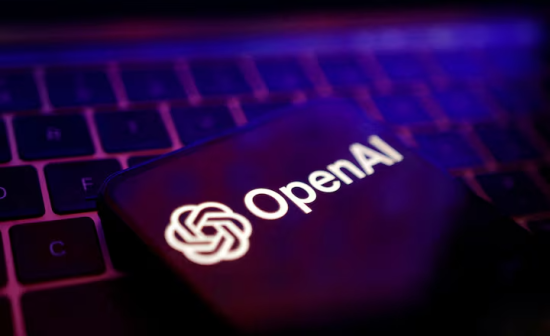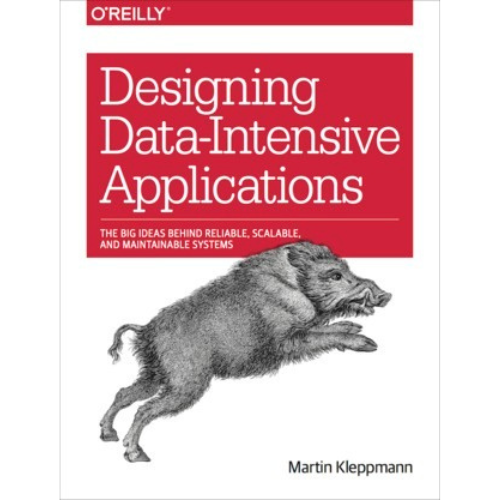
Catch up on the current tech tidbits:
🌑 Potential lunar cave identified as a stable base for future moon colonies.
🐍 Lesson of the Week: Packaging Python web applications.
🍓 OpenAI’s secret “Strawberry” project aims to enhance AI reasoning, enabling autonomous web navigation and deep research.
📖 Weekly Tech Tip: Borrow e-books for free, allowing for endless digital learning.
🚀 What’s New: Revamped leaderboard and achievements tab, LTI integration, and time zone customization to enhance your digital learning experience.
📕 Book of the Week: “Designing Data-Intensive Applications” by Martin Kleppmann, a comprehensive resource for digital learning in modern data engineering.
Don’t Fall Behind in Your Data Education
Level Up Your Digital Learning!
Astronomers Find Potential Moon Colony Site
Still using the same password across platforms? This is your sign to refresh and diversify them.
Researchers have uncovered a massive data breach exposing nearly 10 billion unique passwords, dubbed RockYou2024.
This leak significantly heightens the risk of credential stuffing and brute-force attacks, containing both old and newly breached passwords.
Security experts urge implementing strong password policies and enabling two-factor authentication to mitigate risks.
Lesson of the Week
This lesson of the week enhances your digital learning journey with a guide on how to efficiently package and deploy your Python web applications.
Question of the Week:
Mary emails you with a question: “Hey, I just came across this line of code. Could you explain to me what output this command produces?”
Select one:
A) This command lists all the contributors who worked on the project and writes them into a text file that named requirements.txt.
B) This command lists all the Python dependencies of the project and writes them into a text file named requirements.txt.
C) This command lists all the hardware requirements of the project and writes them into a text file named requirements.txt.
See if you’re right–the answer is at the bottom!
One Step Closer to AGI?
OpenAI is developing a groundbreaking AI model codenamed “Strawberry,” designed to significantly enhance the reasoning capabilities of artificial intelligence.
This ambitious project aims to create an AI that can autonomously navigate the internet and conduct deep research, tackling tasks that have long challenged existing models.
Strawberry represents a major step towards bridging the gap between current AI capabilities and Artificial General Intelligence (AGI), potentially revolutionizing how AI systems plan, reason, and execute complex tasks.
While still in development, this innovative project could transform various fields by dramatically improving AI’s efficiency and accuracy in handling sophisticated cognitive challenges.
Weekly Tech Tip
Borrow E-books for Free
Instead of buying e-books, borrow them to support your digital learning!
With a library card and free apps like Libby or OverDrive, access your library’s digital collection on your device. Books return automatically on the due date, avoiding late fees.
OverDrive works on Android, Apple, Amazon devices, and Kobo e-readers, making digital learning accessible across various platforms.
Kindle users with Amazon Prime can access Prime Reading for free book rentals, further enhancing their digital learning opportunities.
What’s New

We’ve revamped our leaderboard to enhance your digital learning experience! Learners can now view their leaderboard status in the top right, earn crowns, and track their digital learning progress more effectively.
We also offer LTI integration with platforms like Canvas, seamlessly connecting your digital learning environments, as well as the ability to customize your time zone.
Book of the Week
“Designing Data-Intensive Applications” by Martin Kleppmann serves as a mini-encyclopedia for modern data engineering, providing an in-depth look at the principles and challenges of distributed big data systems.
It covers fundamental concepts, data models, database building blocks, data encoding, and the complexities of distributed systems, making it a valuable reference for understanding and working with various data processing technologies.
Jump Back Into QuantHub!

Level Up Your Digital Learning!
Lesson of the Week Answer:
B) This command lists all the Python dependencies of the project and writes them into a text file named requirements.txt.



